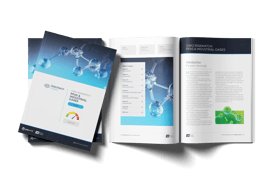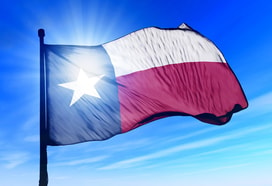Precious metals: A liquid market?
Liquidity refers to the ease with which a commodity can be converted into cash in the marketplace and is created by the existence of a large number of buyers and sellers.
The 19th century Gold Standards and the Bretton Woods system that followed World War II, fixed the price of gold by agreement, therefore guaranteeing its liquidity. Starting in 1931 world currencies have become ‘fiat’ currencies and the last to abandon a link to gold was the Swiss Franc in 2000.
The Basel Accord established the system of floating exchange rates in 1973 and since then the US dollar has served as the de facto world reserve currency; the monetary unit in which oil, gold, and other commodities are priced.
For the past several years now, the dollar has depreciated against the euro and other currencies, to the point that those countries holding most of their foreign reserves in US currency are urgently seeking ways to curb the inevitable appreciation of their own. Meanwhile, international investors disillusioned with weak US markets have transferred funds into several emerging economies – boosting their currencies even further.
... to continue reading you must be subscribed









